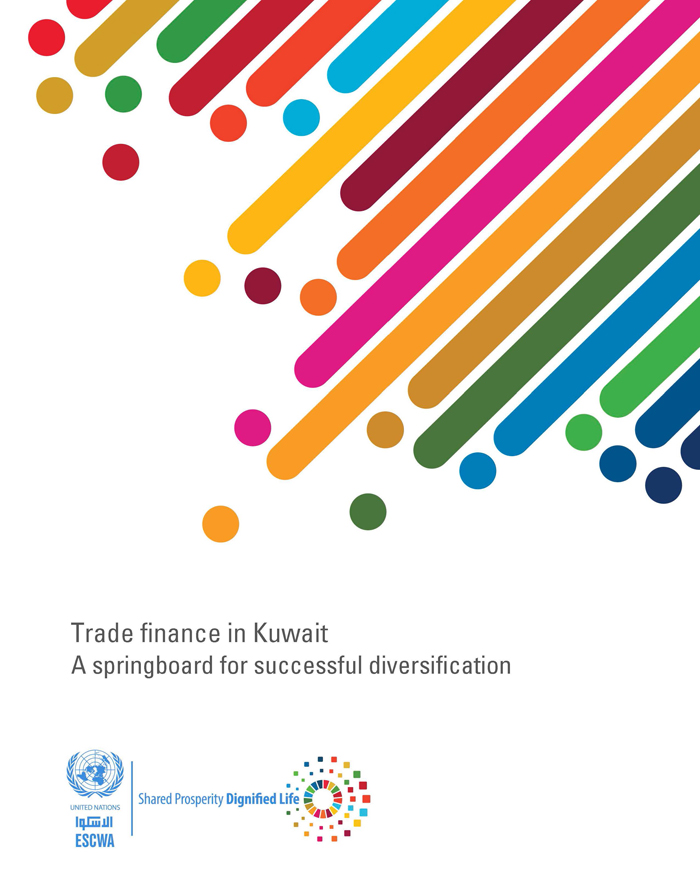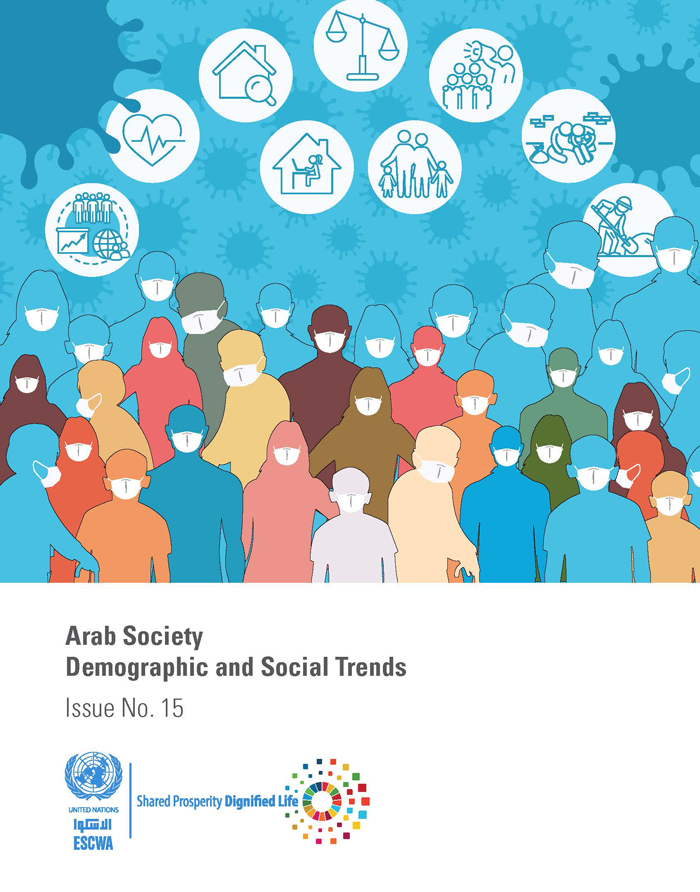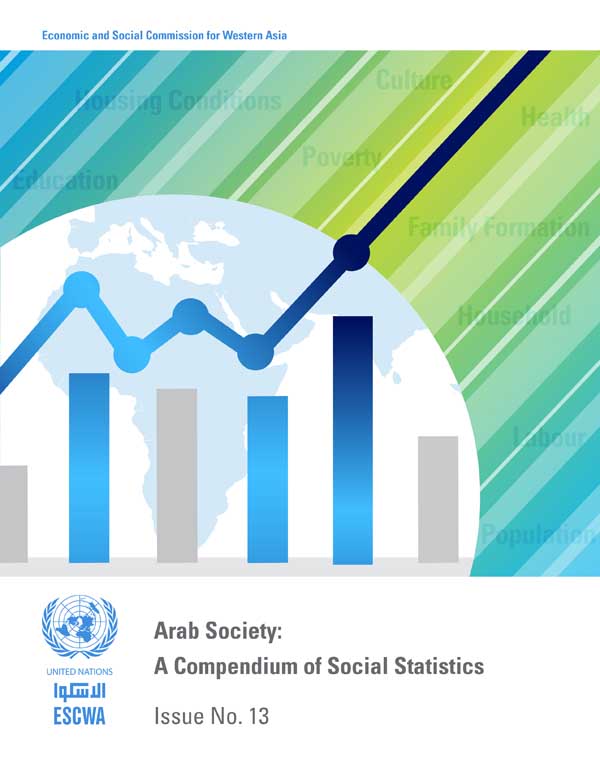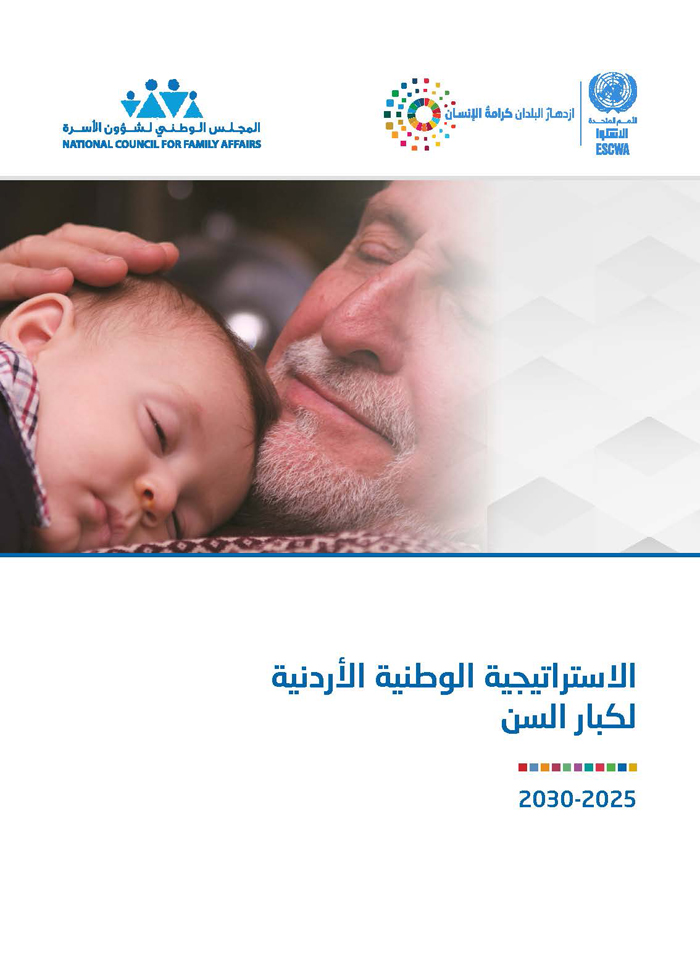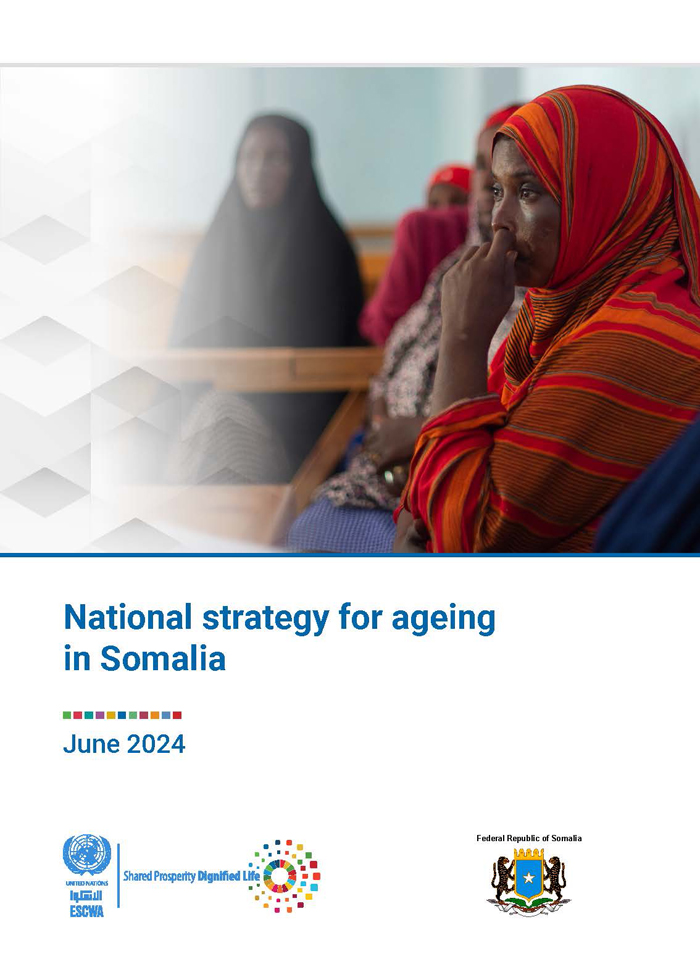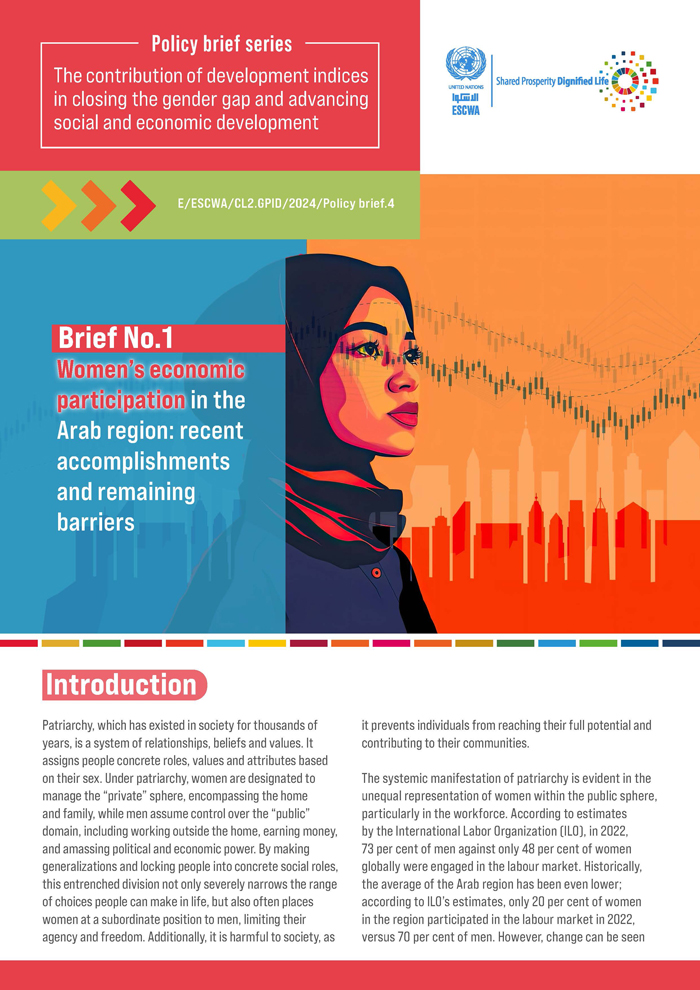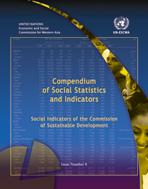
ESCWA Publication: E/ESCWA/SCU/2005/2/Rev.1
Country: Arab region
Publication Type: Reports & studies
Publication Subject: Arab Society: A Compendium of Social Statistics
Cluster: Statistics, Information Society and Technology
Focus Area: Inclusive development, Statistics
Initiatives: Arab information society
SDGs: Goal 8: Decent Work and Economic Growth
Keywords: Arab countries, Social statistics, Statistical data, Youth, Poverty, Criminal statistics, Cultural statistics, Demographic statistics, Educational statistics, Population, Housing conditions, Health, Employment, Demography, Public expenditures, Culture
Compendium of social statistics and indicators, a special issue on youth, No. 7
January 2005
The seventh issue of the Compendium of Social Statistics and Indicators is dedicated to Youth. It seeks to address three priority areas of the World Programme, exploring issues of education, employment, and health. The report is divided into the following two parts: Part one "Profiles of Youth in ESCWA member countries" contains selected youth indicators for all 13 ESCWA member countries. The data are for the most recent year available; and Part two "Youth in social and economic life" provides a broad picture of the social and economic life of youth in the region. Time series are presented, where possible, to illustrate patterns of change.
Information throughout the Compendium has been obtained from three main sources: replies of national statistical offices to ESCWA questionnaires; official national statistical yearbooks and reports, and electronic databases of various international organizations particularly the Department of Economic and Social Affairs (DESA) Population Division, the United Nations Educational, Scientific and Cultural Organization (UNESCO) and the International Labour Organization (ILO). Sources of the data and corresponding notes are given below each table. For a number of ESCWA countries the latest available data go back to the period 1995-1999, depending on the indicator and the country. This limits the use of these indicators for decision-making, especially as the region is witnessing one of the highest population growth rates in the world and the proportion of youth in the population is high. An extrapolation is, therefore, needed.
Related content
Inclusive development
, Statistics
,
Information throughout the Compendium has been obtained from three main sources: replies of national statistical offices to ESCWA questionnaires; official national statistical yearbooks and reports, and electronic databases of various international organizations particularly the Department of Economic and Social Affairs (DESA) Population Division, the United Nations Educational, Scientific and Cultural Organization (UNESCO) and the International Labour Organization (ILO). Sources of the data and corresponding notes are given below each table. For a number of ESCWA countries the latest available data go back to the period 1995-1999, depending on the indicator and the country. This limits the use of these indicators for decision-making, especially as the region is witnessing one of the highest population growth rates in the world and the proportion of youth in the population is high. An extrapolation is, therefore, needed.
